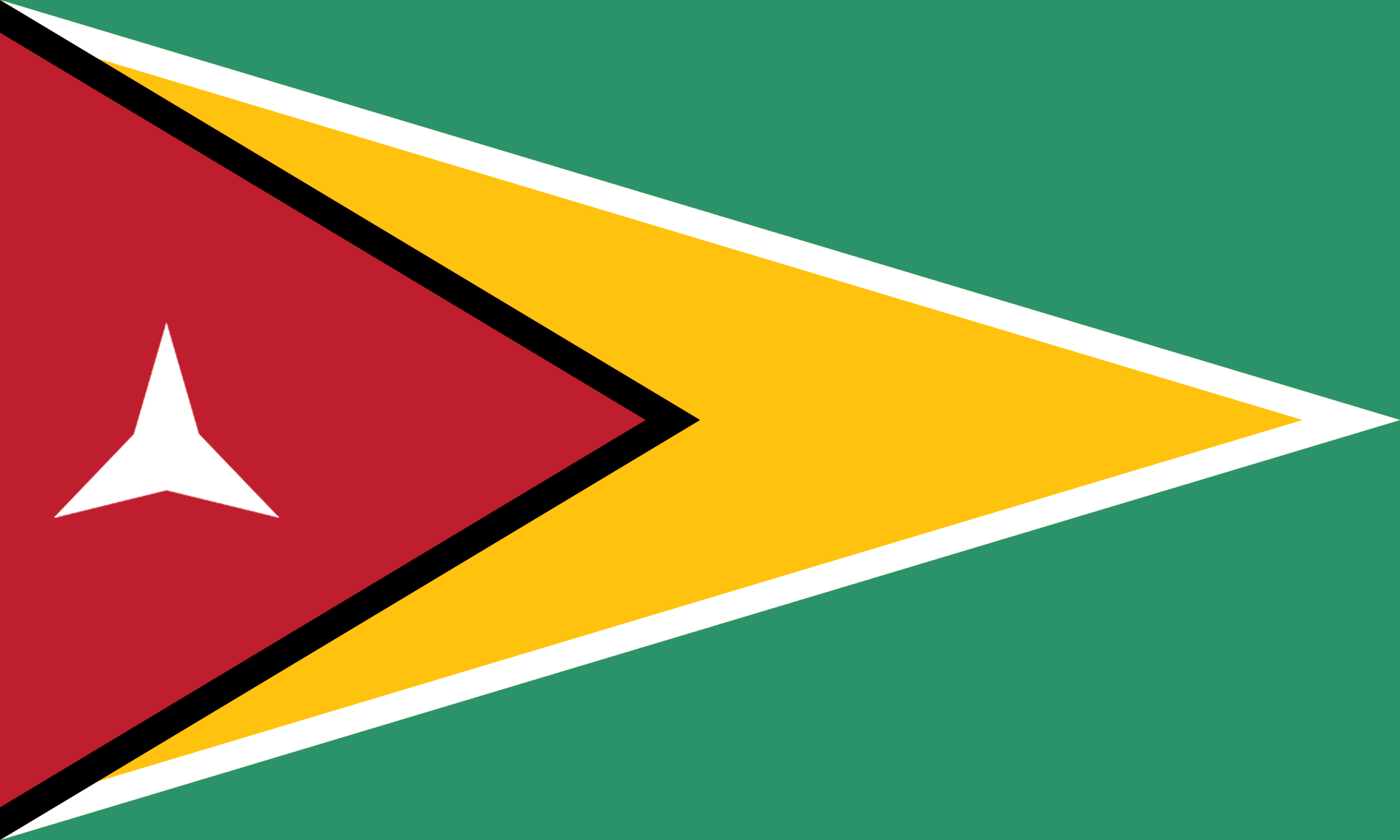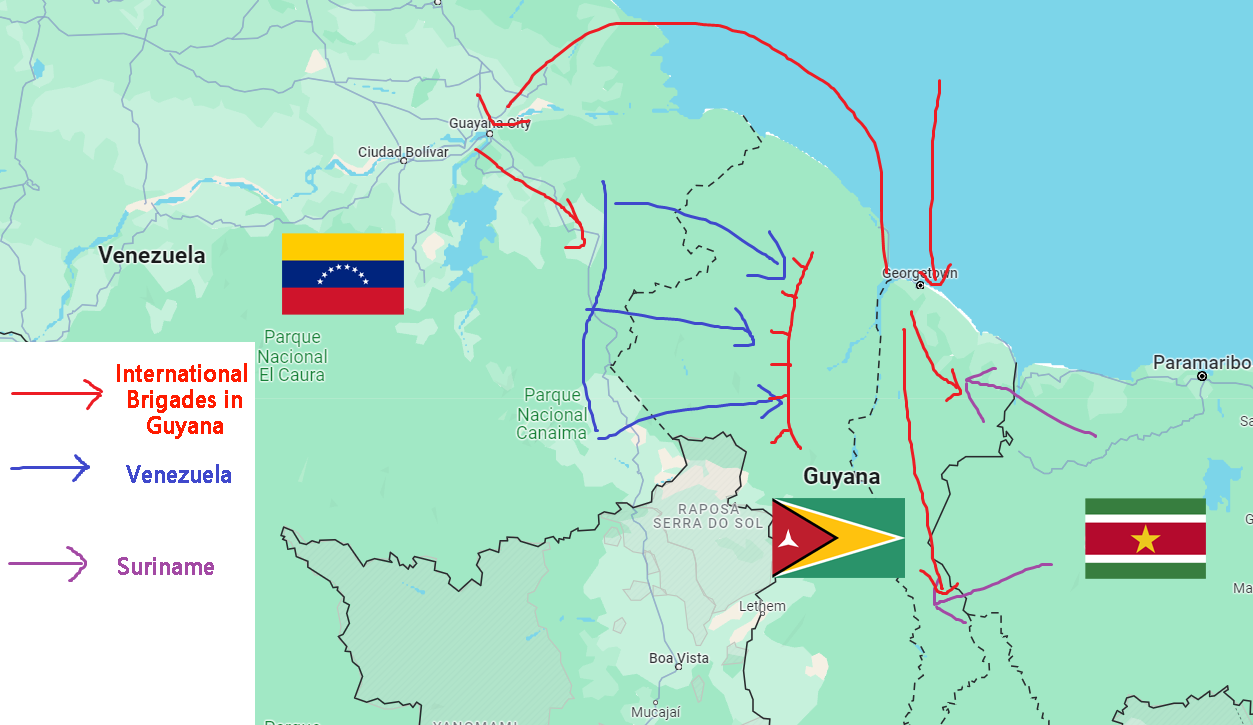The dispute between Venezuela and Guyana over the Essequibo region culminated in a horrific war over the oil-rich Essequibo region. Venezuela's 300,000-strong army launched a sudden attack on Guyana from multiple routes. To make matters worse, Guyana's eastern neighbor, Suriname, also launched an armed raid on Guyana the next day.

The International Brigades in Guyana
The bourgeois government of Guyana, which suffered a serious invasion, sued Venezuela and Suriname for the invasion to the United Nations. However, the major powers in the United Nations Security Council did not take substantive military action against the invasion out of their own interests, and only issued harsh statements to condemn the invasion.
This undoubtedly proves the incompetence of the United Nations in maintaining international order and the decadence and incompetence of the Guyana bourgeois government.
When the people of Guyana were desperate, the Comintern provided necessary assistance to Guyana. The Comintern held an expanded conference on assisting Guyana. At the conference, the resolution unanimously passed a resolution to form an international brigade to support Guyana in resisting the invasion of Venezuela.
Under the great call of the Communist International, communists all over the world actively participated in the war. An international column of 50,000 people was formed and went to Guyana to participate in the war under the leadership of the French Communist Party and the American Communist Party.
The commander-in-chief of the International Brigade this time is General Robert of the Communist Party of the United States, and the chief of general staff is Major General Reynaud of the French Communist Party. They will command the troops to fight against the coalition forces of Venezuela and Suriname that invade Guyana.
Because Guyana faces the danger of being attacked from the east and west and fighting from two fronts. Then, as proposed by the General Staff Headquarters of the International Column and approved by the Communist International Congress, the International Column adopted a combat plan of "first east, then west", first defeating the weak Suriname army in the east, and then concentrating its main forces against Venezuela in the west.
As a result, the International Column sent 10,000 people to defend the western border and prevent the Venezuelan troops from advancing, while the remaining 40,000 people rushed east to fight against the Surinamese army.
Although Suriname has dispatched 60,000 combat troops, its strength is seriously insufficient, its weapons and equipment are inferior, and its logistics capabilities are in a mess. It is far from being a match for the well-equipped international columns. Therefore, the International Column easily defeated the 60,000 Surinamese army at the cost of losing 8,000 men.
At this time, Venezuela had broken through the International Column's defense line in the west and continued to attack the hinterland of Guyana. However, the International Column did not directly confront the Venezuelan troops. Instead, it bypassed Venezuela's frontal troops and launched a direct surprise attack on Venezuela from the sea.
This unexpected combat plan shocked Venezuela. Due to the rapid progress of the international column and the approach to Caracas, Venezuela had to order the invasion troops to return to defense. At this time, the International Column suddenly attacked the Venezuelan frontline troops when they were withdrawing, causing the Venezuelan troops to collapse rapidly.

At the same time, the Guyanese regular army also launched a counterattack, causing heavy losses to the Venezuelan army.This time, the International Brigade and the Guyanese regular army cooperated to effectively combat Venezuela's invasion and ensure peace and stability in South America.